Dance musicality is the ability to interpret and express the music’s rhythm, melody, and emotion through movement. In this blog post, we will break down the various elements of dance musicality and share tips on how to enhance your own musicality to elevate your dance performance.
The Elements of Dance Musicality
- Rhythm and Timing: Rhythm is the pattern of beats and accents in music, and timing refers to the dancer’s ability to synchronize their movements with these beats. A strong sense of rhythm allows dancers to move in harmony with the music, creating a seamless connection between sound and motion.
- Musical Phrasing and Dynamics: Phrasing refers to the organization of music into distinct sections or phrases. Understanding musical phrasing enables dancers to anticipate changes in the music and adapt their movements accordingly. Dynamics, on the other hand, pertain to the variations in volume and intensity within a piece of music. A dancer with excellent musicality can highlight these dynamic shifts through the intensity and energy of their movements.
- Melodic Interpretation: Melody is the tune or sequence of notes that create a musical line. Interpreting melody in dance means expressing the contour, pitch, and emotion of the melody through movement. Dancers who excel in melodic interpretation are able to convey the mood and essence of the music, creating a captivating performance.
- Musical Texture and Harmony: Texture in music refers to the layering of various sounds and instruments, while harmony is the combination of different pitches to create a pleasing effect. Dancers with a keen sense of musicality can recognize and accentuate these elements in their movements, adding depth and complexity to their performance.
Tips for Improving Your Dance Musicality
- Actively listen to music: To enhance your dance musicality, engage in active listening. Focus on the various elements of a song, such as rhythm, melody, harmony, and texture. Try to identify different instruments and their roles in the composition. This deeper understanding of music will help you connect your movements more effectively.
- Understand music theory fundamentals: A basic knowledge of music theory can help dancers better grasp the structure and composition of songs. Familiarize yourself with concepts such as time signatures, tempo, and musical phrasing. This understanding will enable you to anticipate musical changes and adjust your movements accordingly.
- Explore various music genres: To truly develop your dance musicality, expose yourself to a wide range of music genres. Each genre possesses unique characteristics and musical patterns, which will expand your musical vocabulary and improve your ability to adapt to different rhythms and melodies.
- Practice with a metronome: Using a metronome can help improve your sense of timing and rhythm. Start by practicing simple movements or steps to a metronome set at different tempos. Gradually increase the complexity of your movements as you become more comfortable and accurate with your timing.
- Take music and dance classes: Participating in music and dance classes will help deepen your understanding of the connection between music and movement. Choose classes that focus on musicality, rhythm, and improvisation, as these skills will directly translate to improved dance musicality.
By understanding and embracing the various elements of dance musicality, such as rhythm, phrasing, melody, and harmony, you can forge a deeper connection with music, which is a crucial aspect of your skillset as a dancer. This connection enables you to embody the music and take both creation and performance of choreography (and freestyle) to a higher level.
Explore your own musicality with TMILLY TV’s online dance classes today. (And since we’re here, follow TMilly TV and TMilly Studio on Instagram too!)



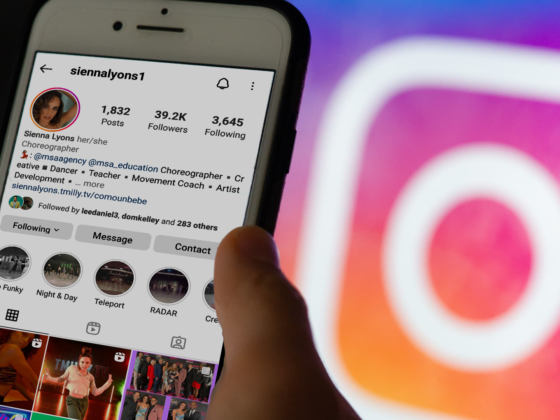


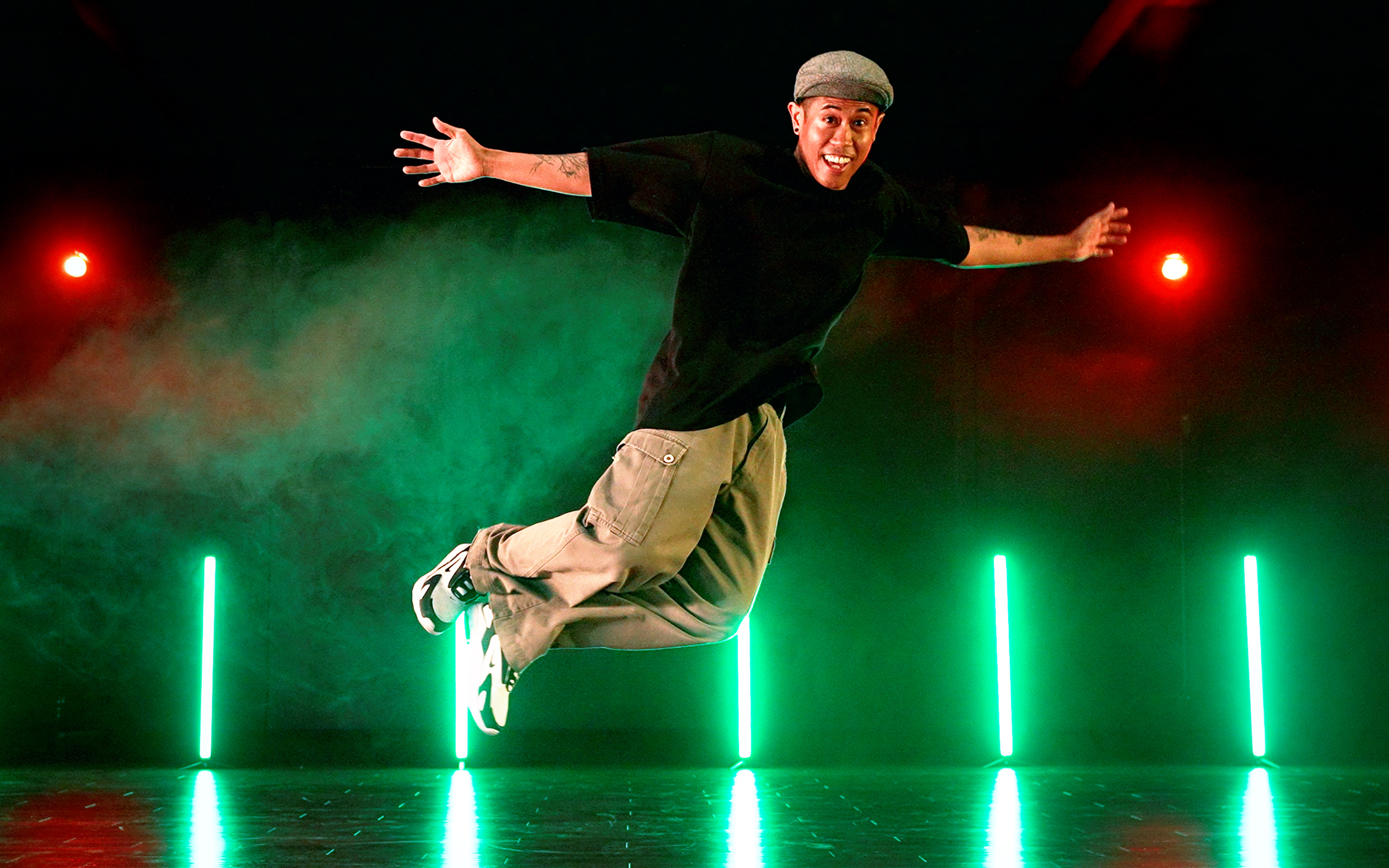
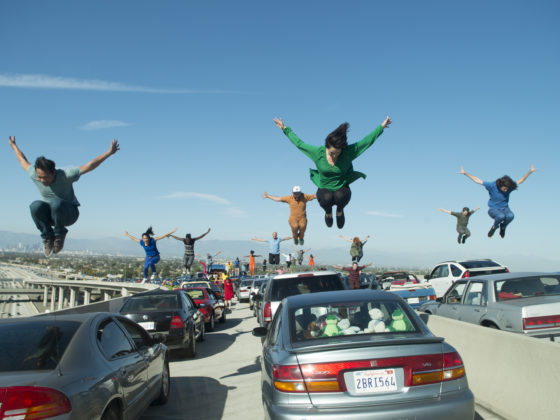
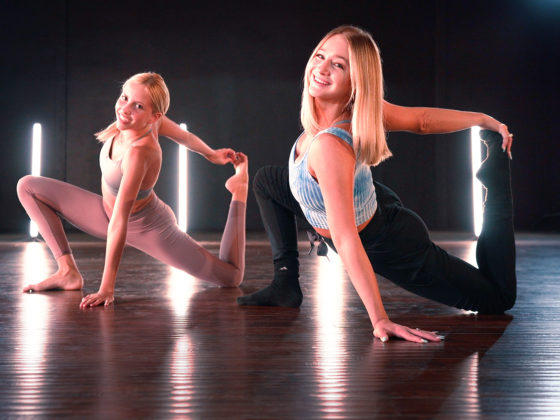
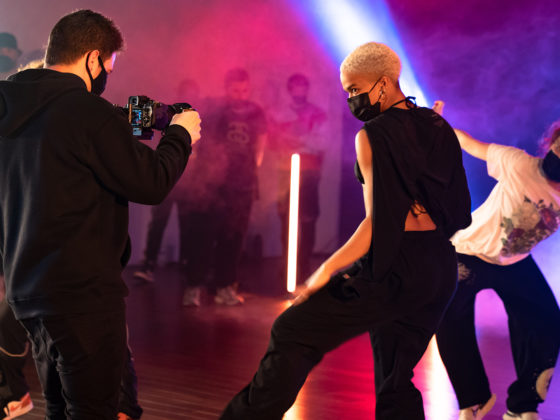
1 comment